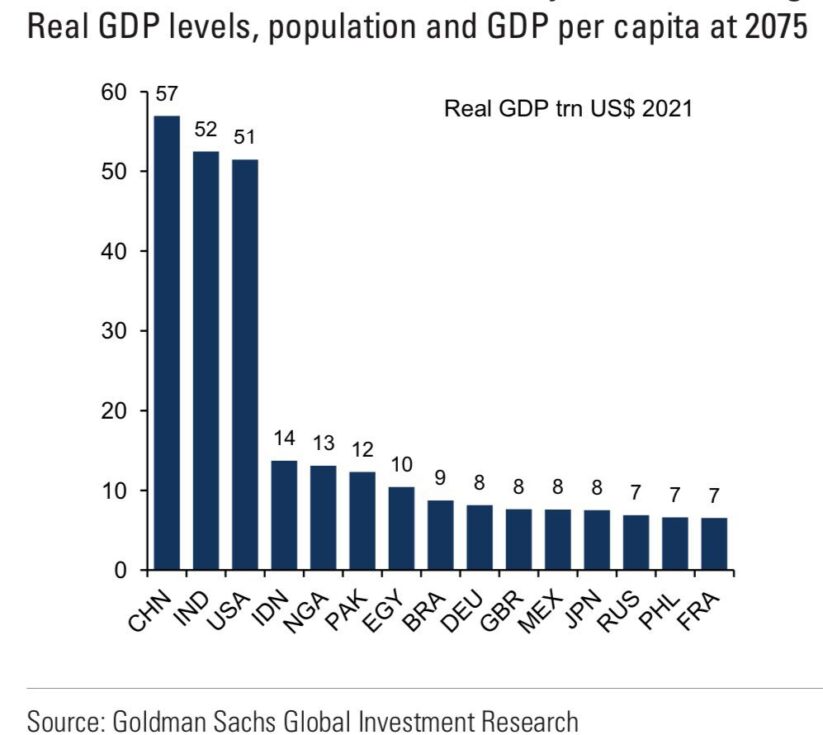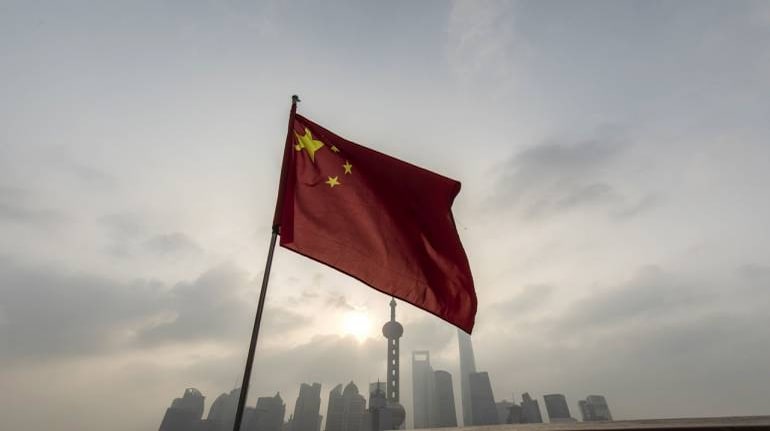
Have we reached peak pessimism on China?
The consensus now sees the country stagnating long term, but is missing more dramatic short-term scenarios
All Rights Reserved. FT and Financial Times are trademarks of the Financial Times Limited Not to be redistributed, copied or modified in any way.

The trigger for a potential bounceback in China is less obvious, given that Beijing has been reluctant to spend heavily, apparently wary of amassing yet more debt.
Ruchir Sharma
China fell off “the miracle path” years ago and now many are catching up to the story. An ageing population, high debt levels and a meddling government are turning the country into a fading power like Japan of the 1990s, when its economy slowed sharply but avoided an outright crisis. Since the consensus call is reliably off — a year ago it was for a reopening boom in China and an inevitable recession in the US — it’s worth asking what the “Japanification” scenario is missing.
It could be flawed in two very different ways, at least in the short term. One plausible scenario follows the early years of Japan’s slowdown. After its property bubble crashed in 1990, heavy government stimulus led to a powerful comeback in the markets and economy. Tokyo stocks rose 80 per cent between mid-1992 and mid-1993, and GDP growth accelerated from near zero to 3 per cent. This was the first in a series of false dawns, which merely punctuated the long-term slowdown. But it’s possible that China is also poised for a temporary comeback or two.
The other plausible scenario is that China is where the US was in late summer of 2008 — when the property market was faltering but most analysts did not foresee an imminent crisis. Of course, the trouble came with a rush that September, forcing the government to do whatever it could to prevent an even deeper recession. In this scenario, the next big step for China is a full-blown financial crisis.
The trigger for the 1993 comeback in Japan was a significant surge in government stimulus, which reached 6 per cent of GDP that year. The trigger for a potential bounceback in China is less obvious, given that Beijing has been reluctant to spend heavily, apparently wary of amassing yet more debt. But Chinese authorities have in recent weeks begun to roll out piecemeal stimulus measures, from easier mortgage lending rules to tax rebates for certain home buyers. And there may be more to come.
The case for a bounceback rests in part on China’s tech prowess. Despite Beijing’s crackdown on big tech firms, China still has a “sometimes stunning” lead over the US in 37 of 44 tech fields, from AI to robotics, according to a study by the Australian Strategic Policy Institute earlier this year. The crackdown on politically sensitive technologies like social media did not slow billions in new export subsidies for less sensitive ones, such as electric vehicles and solar power.
This year China surpassed Japan as the world’s leading exporter of EVs, which are also among the brightest spots in the Chinese stock markets. Despite a rough second quarter, the markets showed pockets of resilience with revenue growth rising in consumer sectors such as autos and leisure; even where company results weren’t great, they were at least no longer falling short of the much-lowered expectations. Yet given that anti-China sentiment is so high, ideological blinkers may be preventing commentators from seeing anything positive.
The big negative is the property market. Most trend lines hint at unravelling to come, like the US in the summer of 2008. Land and home prices are contracting at an annual rate of around 5 per cent. Real estate investment is down, and local government revenue from land sales was down 20 per cent through the end of May. The “funding vehicles” local governments use to buy and sell land now account for nearly half of Chinese government debt, which has more than doubled in 10 years to nearly 100 per cent of GDP.
Beijing is partly immobilised by these debts. Further, rising interest rates in the US limit how much China can use easy monetary policy to prop up its property markets, without triggering an outflow of capital and a crash in the renminbi. To be clear, the parallels between China today and Japan in the 1990s are indeed striking — down to the role of local governments in the debt bubble — and long-term a Japan-style slowdown in China looks likely.
The question here is in the near term. Is chatter about “peak” China a sign that pessimism has maxed out or is there worse to come? Since property bubbles fuelled by surging debts tend to end in sharper economic downturns than what China has seen so far, the crisis scenario is a bit more probable than a big bounceback. Whether China’s next step takes it for the better or worse, it’s likely to be a good deal more dramatic than the muddling scenario the consensus expects.
The writer is chair of Rockefeller International
© The Financial Times Limited [2020]. All Rights Reserved.
FT and Financial Times are trademarks of the Financial Times Ltd. Not to be redistributed, copied or modified in any way.
Discover the latest business news, Sensex, and Nifty updates. Obtain Personal Finance insights, tax queries, and expert opinions on Moneycontrol or download the Moneycontrol App to stay updated!





